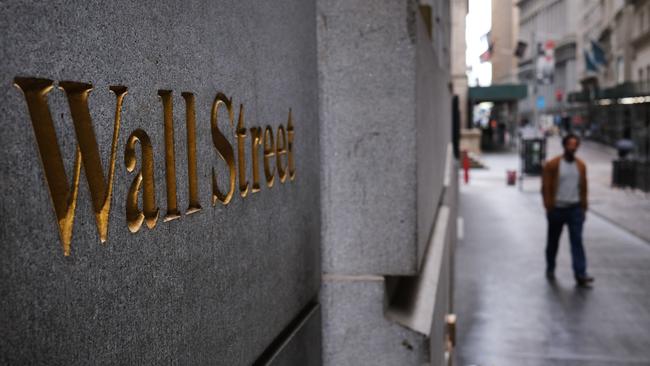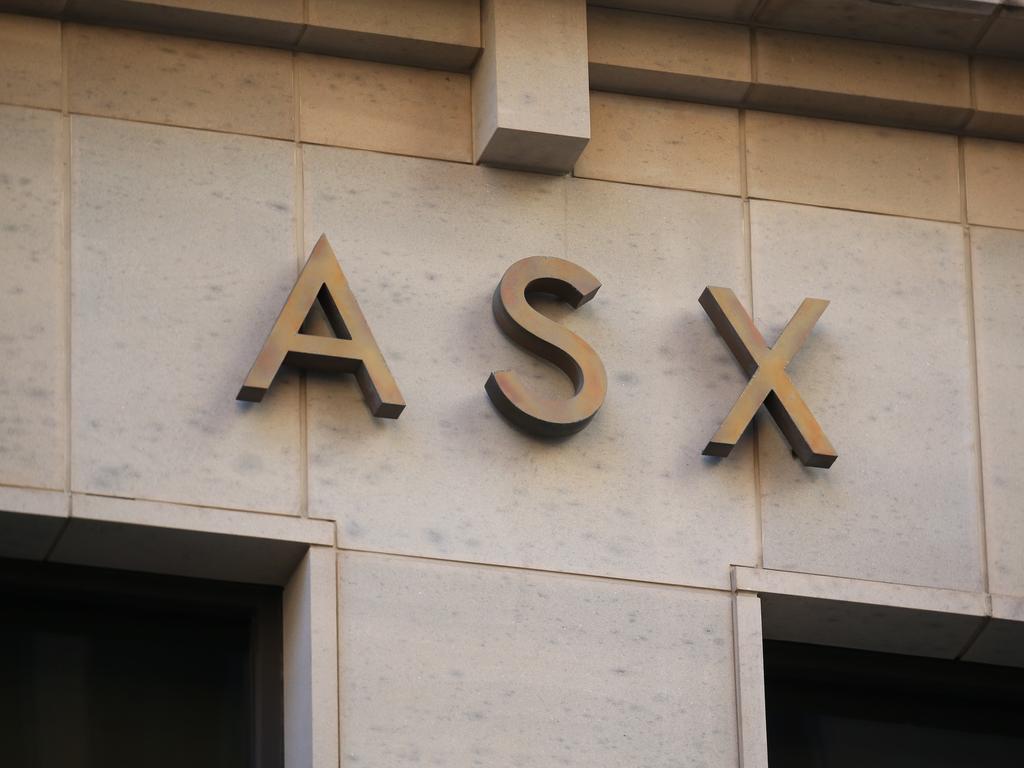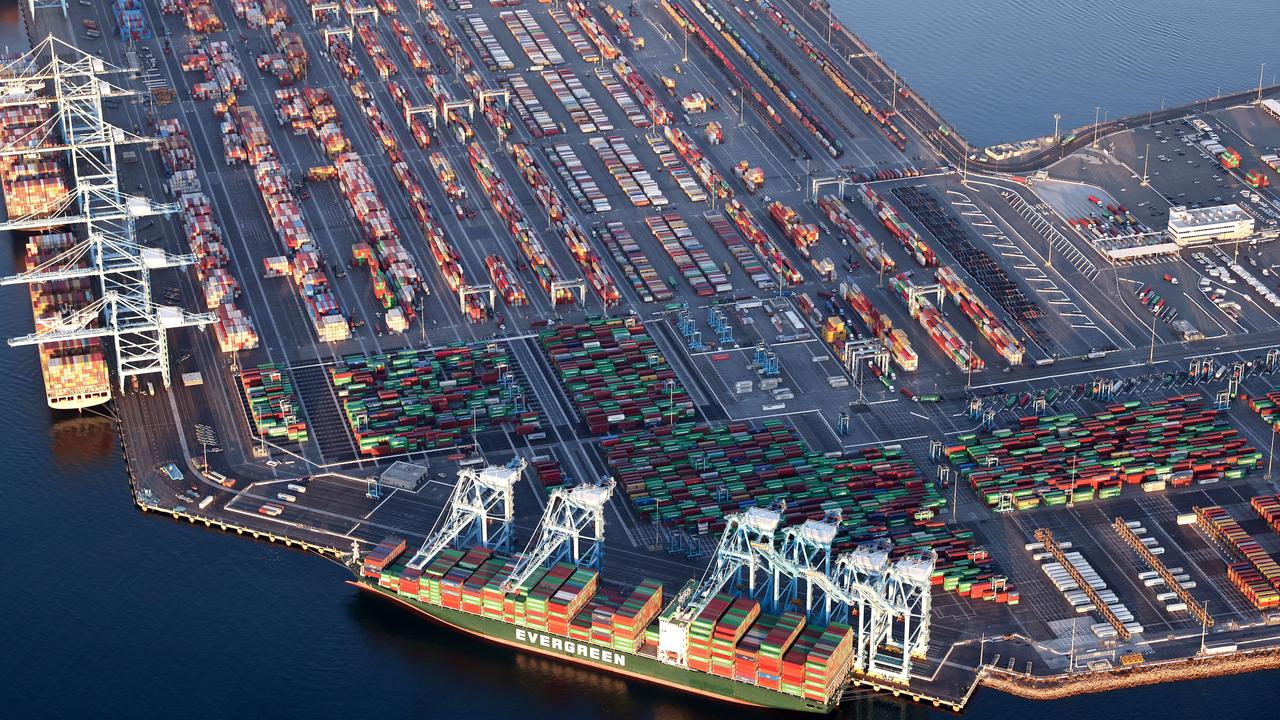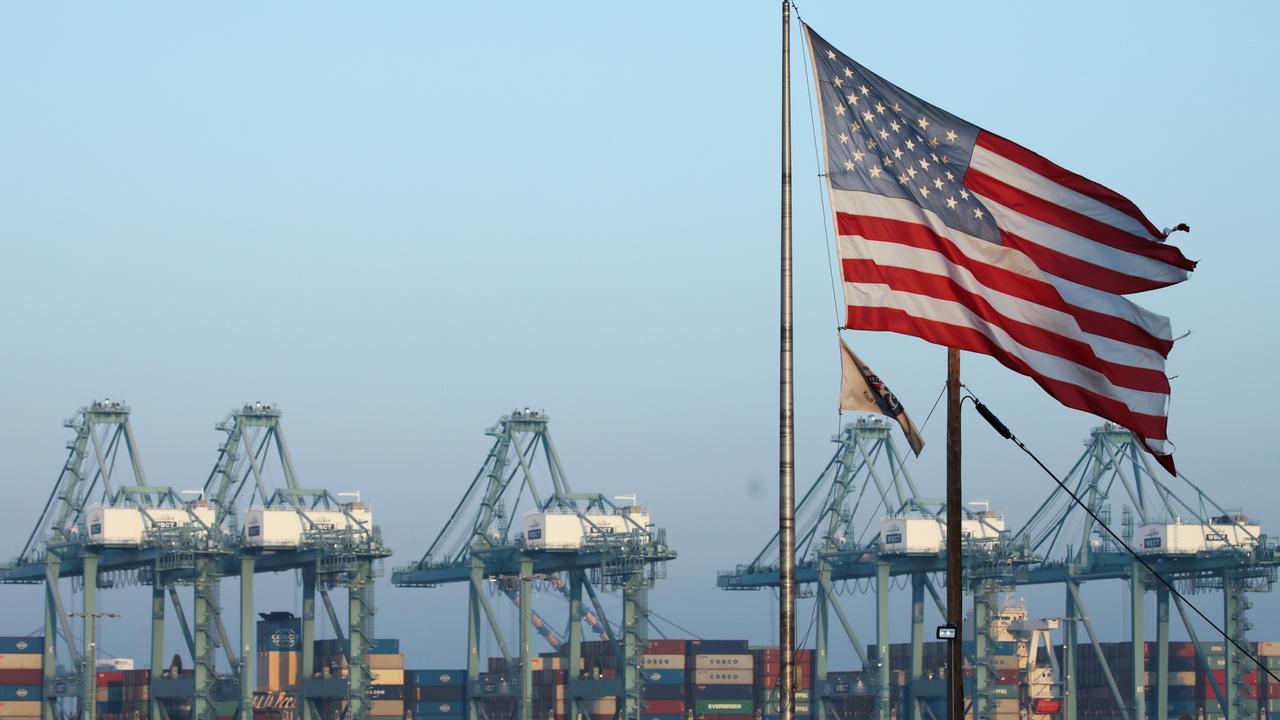No sign of inflation easing as US faces recession
Expectations of a US recession and the limit on stimulus caused by inflation suggest it may be premature to be buying back into the market outside of selective bargain hunting.

Heightened expectations of a US recession and the limit on stimulus caused by inflation suggest it may be premature to be buying back into the sharemarket outside of selective bargain hunting.
Japanese investment bank Nomura has upped the ante by calling for a US recession starting in the December quarter of 2022.
“The Fed’s commitment to restoring price stability, and in addition to its expected continued tightening of financial conditions, (mean) interest rate sensitive GDP components are weakening,” said Nomura chief economist, Aichi Amemiya.
He said the US consumer was experiencing a “sentiment shock”, energy and food prices showed “few signs of cooling”, and the outlook for foreign demand had “deteriorated”.
Strong consumer balance sheets should limit the pace of contraction, but the lack of monetary and fiscal policy support “may prolong the downturn”, Mr Amemiya warned.
Similarly, Bank of America tipped a relatively high 40 per cent chance of a US recession in 2023, saying “the most likely outlook is very weak growth and persistently high inflation”.
The first half of 2022 “has not gone according to plan”, warned BofA’s head of global economics, Ethan Harris. “Inflation, the war and lockdowns in China have derailed the global recovery.”
BofA slashed its global growth forecasts and raised its inflation and policy rate projections.
The US bank also saw “downside risks to 2022 growth if strict lockdowns continue in China, and to 2023 growth if the US slips into recession”.
Perhaps that could be a rallying cry for bulls – if the scope of a potential US recession could be gauged, the S&P 500 had fallen 50 per cent and central banks and governments had the ability to do their usual trick of stimulating their way out of a downturn without causing hyperinflation.
Interestingly, Bloomberg reported that the Biden administration was negotiating a “fresh economic plan”.
The White House and congressional Democrats were in “advanced talks” on legislation that aims to fight inflation, rein in the deficit and revive parts of President Biden’s stalled economic agenda.
The package would likely include capping the price of insulin and federal investments in both clean energy and fossil fuels. It would also further reduce the budget deficit and boost taxes on the wealthy, corporations or both. This is not the kind of plan that would support growth.
The S&P 500 entered a bear market last week and is now 23.4 per cent off its high.
Meanwhile, Australia’s S&P/ASX 200 share index has entered a correction of the post-Covid-19 bull market, and is 15.7 per cent off its high.
The S&P/ASX 200 fell 0.6 per cent to a 19-month low of 6433.4 points on Monday. It came as Singapore iron ore futures dived 7.5 per cent to a six-month low of $US110.40 a tonne.
A seven-day losing streak in the ASX 200 is its longest since the pandemic hit in early 2020.
It is rapidly catching up with the US bear market, having fallen almost 12 per cent this month.
Profit-taking and tax loss selling is magnifying the sell-off before end of the financial year.
Reserve Bank and Federal Reserve communications this week are unlikely to be supportive.
RBA governor Philip Lowe speaks on “Inflation and Monetary Policy” on Tuesday morning ahead of RBA minutes at 11.30am. Fed chair Jerome Powell will testify at congressional hearings on Wednesday and Thursday.
Moreover, there’s no sign that central banks have brought inflation under control or their tightening won’t cause a major recession. Indeed that may be a consequence of artificially shortening the last recession though unprecedented stimulus – the world has hit a “speed limit”.
“Our worst fears around the Fed have been confirmed,” BofA’s Mr Harris said.
“They fell way behind the curve and are now playing a dangerous game of catch up. We look for GDP growth to slow to almost zero, inflation to settle at around 3 per cent and the Fed to hike rates above 4 per cent.”
It came as economists surveyed by The Wall Street Journal dramatically raised the probability of recession, now putting it at 44 per cent in the next 12 months, a level usually seen only on the brink of or during actual recessions.
Economists on average put the probability of the economy being in recession sometime in the next 12 months at 28 per cent in the Journal’s last survey in April and at 18 per cent in January.
For context, in December 2007, the month that the 2007-09 recession began, economists assigned a 38 per cent probability.
In February 2020, when the last recession began, they assigned a 26 per cent probability.
Cleveland Fed president Loretta Mester said on Sunday the risk of a recession in the US economy was increasing, and that it would take several years to return to the 2 per cent inflation target.







